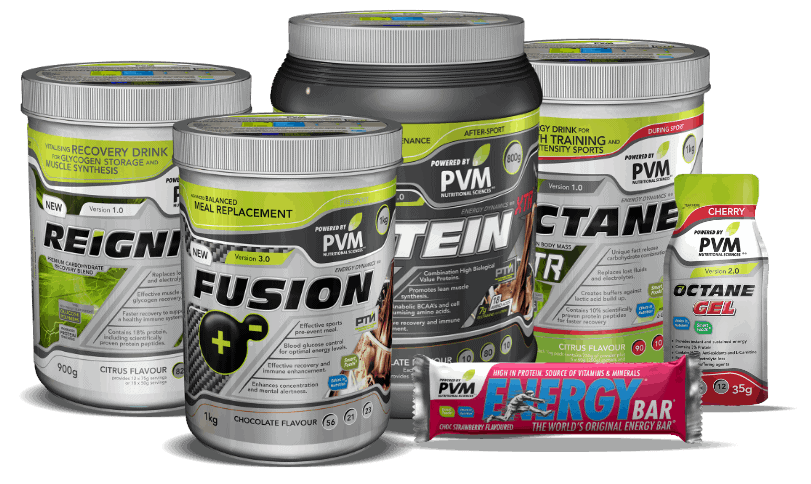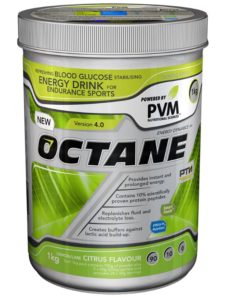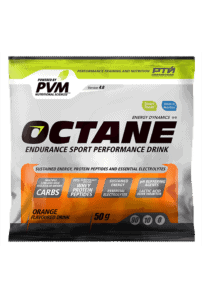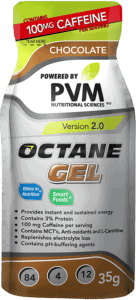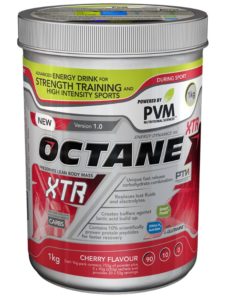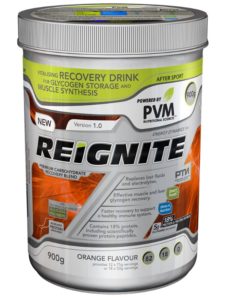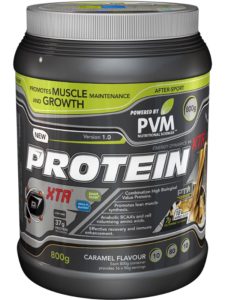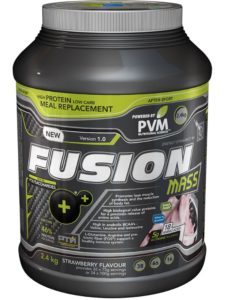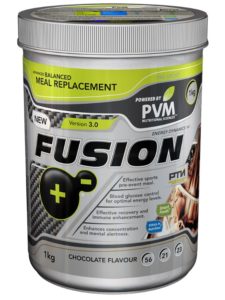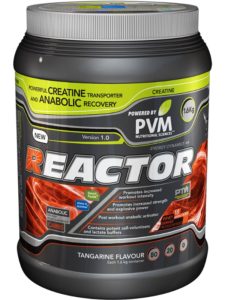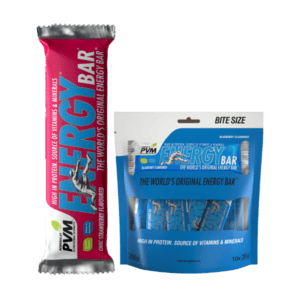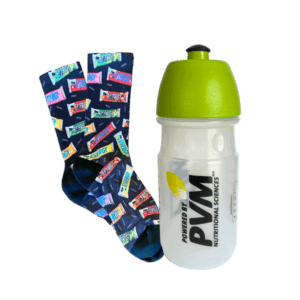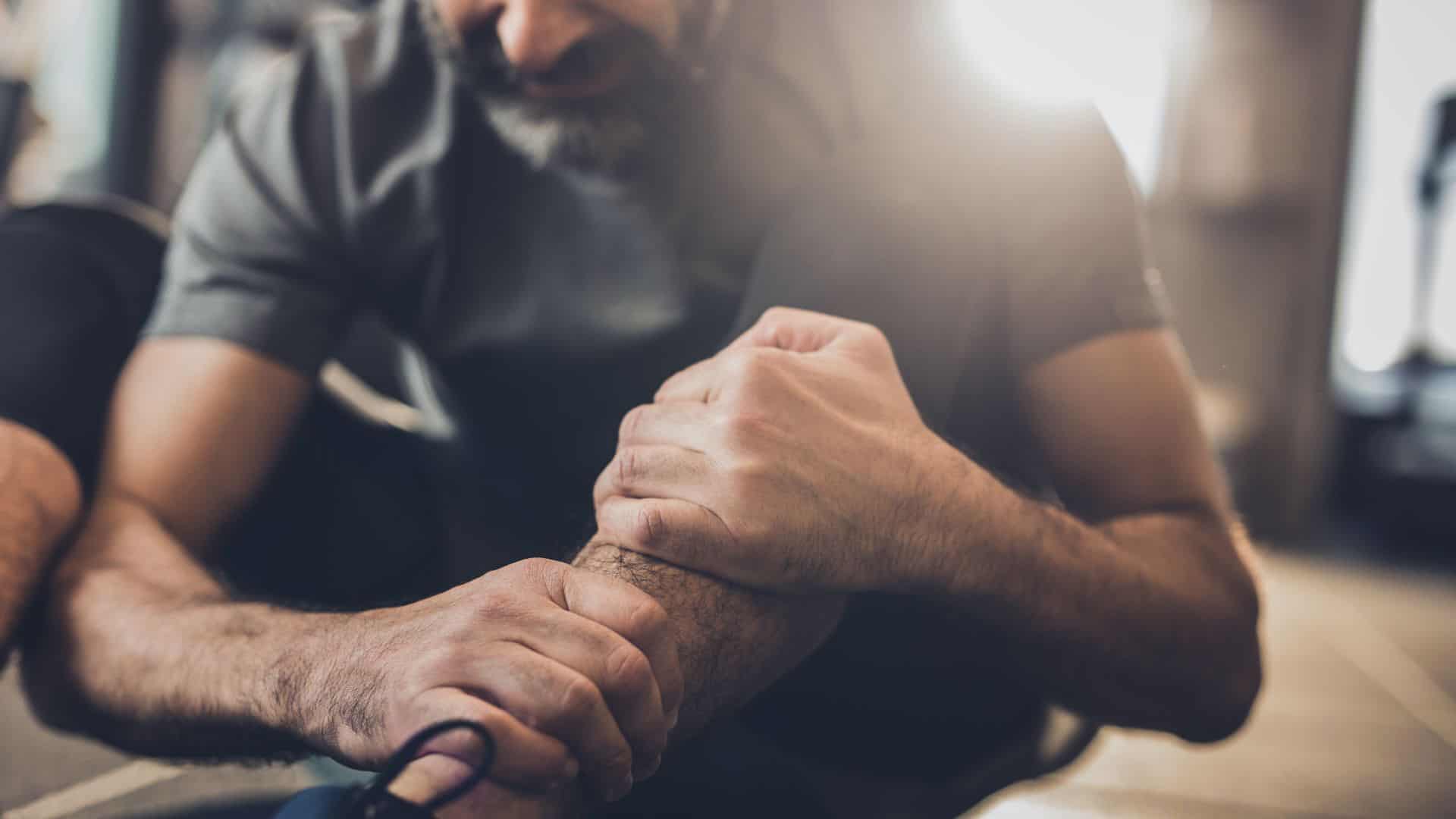Athletes can experience muscle cramps and stitches even when well prepared that may negatively impact performance. Complaints can range from mildly uncomfortable to severely debilitating and could be a great source of frustration to anyone engaging in physical activity. The mechanisms are not well understood, but the following guidelines can be implemented to prevent cramps:
1. What is a cramp and a stitch?
Cramps are caused when a muscle involuntarily and forcibly contracts. There are two structures in muscle that control contraction namely the muscle spindle and the Golgi tendon organ. The muscle spindle monitors the stretch of a muscle, and the Golgi tendon organ monitors muscle tension. The stretch receptors sense the level of stretch or muscle length in a muscle and if overstretched/stretched to its potential limit, a reflexive contraction of the muscle occurs via the nervous system in order to protect the muscle from tearing and possible damage. The tension receptors protect the muscle from damage by reducing the contraction if the tension or force development reaches the capacity of what the muscle can tolerate via a reflex mechanism.
A stitch is a localised pain usually felt on the side, just below the ribs. It is occasionally accompanied by a stabbing pain in the shoulder joint. The pain can range from a sharp, stabbing pain to mild cramping, pulling or aching. Researchers refer to a stitch as Exercise-related Transient Abdominal Pain (ETAP). Athletes can generally train through the pain, but are sometimes forced to slow down or stop training. It is more prevalent in activities that involve vigorous upright, repetitive movement of the torso, such as running and horse riding.
2. What causes cramps?
The exact cause and mechanisms of muscle cramps are not fully understood and remain controversial. The current scientific view is that cramps are a physiological phenomena, rather than due to nutritional factors. There is little evidence that electrolyte deficits (sodium, potassium, magnesium, calcium, phosphor and chloride) are associated with increased occurrence of cramps. Neuromuscular fatigue is a likely cause contributing to cramps, because fatigue leads to the disruption of the normal mechanisms of muscle contraction control via neuronal reflexes. Fatigue is also poorly understood but it is possible that factors such as oxygen content and metabolic products may play a role in disrupting muscle contraction control mechanisms. Muscle conditioning status plays an important role in the tolerance of fatiguing factors leading to cramps.
Other factors may also be involved to a limited degree:
- Dehydration and exercising in extreme temperatures are not direct causes of cramps, but these factors increase the risk thereof, as sodium and fluid losses are high. Sodium is involved in the neuronal control of muscle contraction. Low sodium and fluid levels can stimulate muscle receptors causing involuntary contraction and cramps. It is however not recommended to take salt tablets to prevent a deficiency, due to the hypertonic effect of salt. Salt will draw water from the blood into the intestine, increasing muscle dehydration and the risk of cramps.
- It has been suggested that abnormal levels of magnesium, potassium or calcium may cause cramps. There is however no evidence to support this as very little magnesium, potassium and calcium is lost during training. Magnesium is relocated in the body during training (rather than lost in sweat) which might cause a magnesium imbalance in relation to the other electrolytes (sodium and potassium) contributing towards muscle cramping. These electrolytes are all involved in the development of muscle contraction. More research is needed to understand the role of electrolytes in cramping.
- Anecdotal reports link creatine usage to cramping. The hypothesis is that a creatine-loaded muscle cell may become fully saturated with creatine and fluid, so that the integrity of the membrane is disrupted. Research has not found any difference in the prevalence of cramps amongst creatine users and non-users.
Other factors associated with increased occurrence include a faster race pace, family history of cramping, long running history and poor flexibility training.
No scientific evidence exists that suggests that any nutrient and/or nutrients can prevent cramping. This is the reason why PVM has not developed a product specific for this purpose. Furthermore, PVM supplements (Octane XTR, Octane 4.0 and Octane Gel) contain sufficient quantities of electrolytes that may prevent electrolyte deficiencies.
3. What causes stitches?
Evidence suggests that a stitch may be caused by irritation of the inner lining of the abdominal cavity (parietal peritoneum) due to increased movement and friction between organs during physical activity. Stomach distension due to a large meal, or consumption of large volumes of fluid can also lead to increased friction resulting in irritation.
4. Reducing the risk of stitches
Don’t eat or drink substantial amounts of food or fluid 2-3 hours before training. High fat foods and fluids with a high sugar concentration are more likely to cause problems. Choose a high carbohydrate, moderate protein and low-fat food for your pre-exercise meal such as PVM Maize Meal Mix or Fusion Meal Replacement.
During training, drink an isotonic sport drink such as OCTANE 4.0/OCTANE XTR. Avoid concentrated fluids such as soft drinks and cordials that empty slowly from the stomach. Take small sips at frequent intervals during training, rather than drinking large volumes at a time. Avoid sports drinks that are not isotonic, as hypertonic drinks will slow gastric emptying and cause stomach distention.
Stitches may also be minimised by following a training schedule that progressively increases in intensity and duration – a sudden increase in intensity is more likely to cause stitches. Unaccustomed training intensity/ duration are common causes of cramps and stitches.
Stitches are rarely a serious problem. However, if the pain is persistent and does not ease when training ceases, it is advisable to consult a doctor.
In Summary:
- Scientific evidence suggests that muscle fatigue is the most probable cause of cramps. Currently, scientific evidence does not support the notion that the occurrence of muscle cramps is associated with electrolyte deficits and/or nutritional deficiencies that can be prevented with the consumption of specific nutrients. Therefore, use of products claiming to be so called “cramp-stop” products, are unfounded. On the contrary, they can even be detrimental for e.g. lead to gastro-intestinal discomfort. Octane 4.0 and Octane XTR contain the recommended amount and type of electrolytes.
- Severe dehydration/over hydration can however play a role and should be avoided.
- To decrease the occurrence of cramps, individuals should be well conditioned for the intensity and duration of the event.
- Although no scientific correlation between creatine use and muscle cramps have been found, individuals prone to cramping should only use a lower/maintenance creatine dose.
- The risk of cramps increases under the following circumstances:
-
- If there are substantial differences between the environmental conditions of training versus competition.
- If there are large variations in the surface conditions between training and competition (such as training on the road while racing on a trail).
- Sudden changes in equipment (such as footwear) shortly prior to competition.
- Sudden biomechanical angle changes (technique and bike posture).
-
- Large meals and fluid volumes too close to commencement of training/racing can cause stitches.
- Avoid foods that cause stomach distention such as high fibre and fatty meals prior to, and during events.
- To reduce occurrence of stitches, consume isotonic sports drinks during training. Take small sips at frequent intervals. Follow a training schedule that progressively increases intensity.
Experiences and treatment effects may differ from athlete to athlete. The best approach would be to individualize approach to the prevention/treatment of muscle cramps and implement preventative strategies well in advance to competition.
